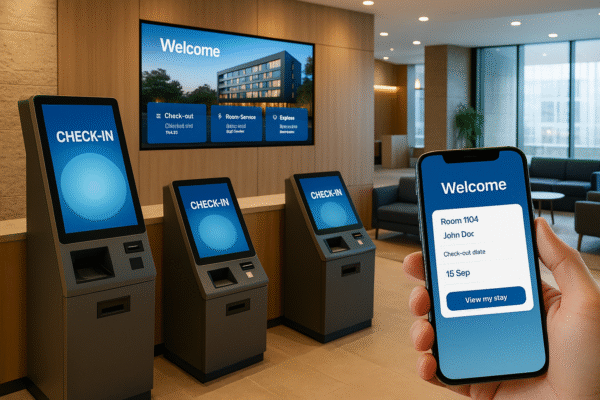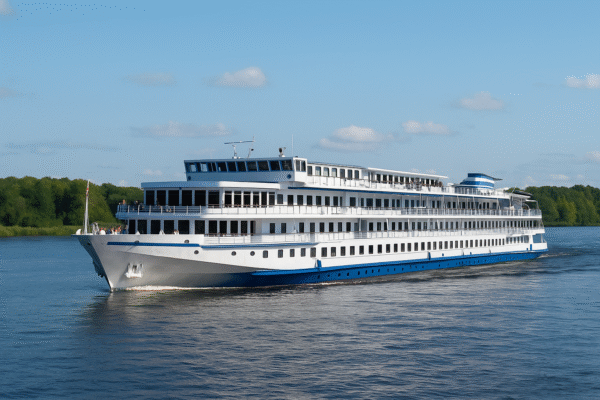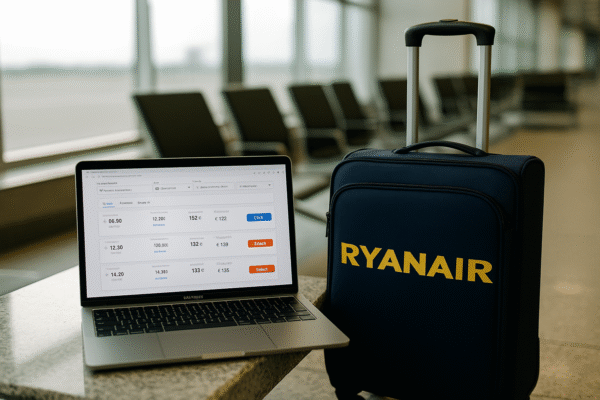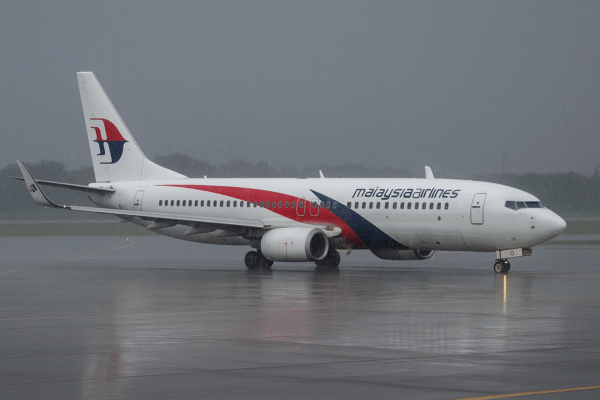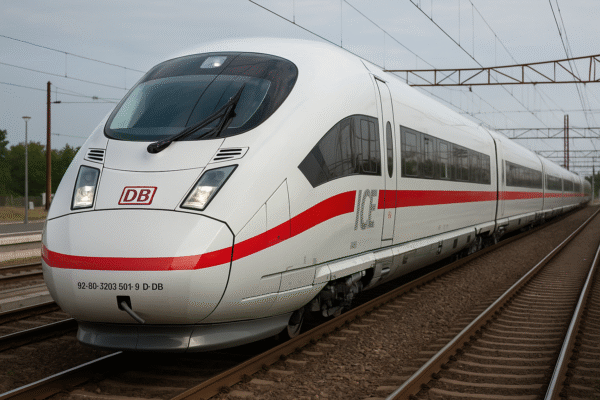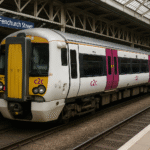Deutsche Bahn (DB) has announced a landmark €200 million (approximately USD $218 million) investment in its cutting-edge ICE 3neo fleet to expand and enhance high-speed rail connectivity across Germany, France, and Poland. The ambitious upgrade program will prepare 32 ICE 3neo units for seamless international service, with delivery and deployment scheduled between 2031 and 2032.
This initiative marks a strategic push to provide a faster, more sustainable alternative to short-haul flights, aligning with Europe’s climate targets and growing demand for low-carbon transportation. It also reflects DB’s deepening commitment to a more integrated and efficient European rail network.
Enhancing European High-Speed Rail Integration
The ICE 3neo project builds on DB’s 2020 agreement with Siemens Mobility for the procurement of 90 units of the high-speed model. As of mid-2025, 29 of those units are already operational, serving prominent domestic routes and international corridors between Frankfurt, Brussels, and Amsterdam. The latest investment expands this vision by enabling the next batch of 32 trains to operate efficiently across German, Polish, and French railway systems.
These upgraded trains will bolster services along key trans-European corridors, including potential future links from Berlin to Warsaw and from Frankfurt to Paris. The goal is to establish rail as a preferred option over short-haul flights, particularly on routes under 800 kilometers — a shift already endorsed by the European Commission.
Technical Modifications for International Compatibility
Siemens Mobility will oversee the necessary technical adaptations at its Krefeld manufacturing facility in Germany’s North Rhine-Westphalia region. Modifications include updates to safety systems, signaling equipment, and communications interfaces to comply with each nation’s distinct railway regulations.
These adjustments are vital to allow smooth, delay-free operations when crossing national borders. This includes interoperability with the European Train Control System (ETCS) and country-specific requirements such as France’s TVM signaling and Poland’s SHP and GSM-R systems.
“Equipping the ICE 3neo for international service is a milestone in transforming Europe’s rail travel,” said Michael Peter, CEO of Siemens Mobility. “It demonstrates how innovation can meet sustainability goals while enhancing passenger convenience.”
Innovative Passenger Comfort and Design Features
Beyond international operability, the ICE 3neo offers modern amenities focused on passenger comfort. Each train features adaptive lighting systems that adjust to the time of day, promoting a more relaxing ambiance during both business and leisure travel.
First-class carriages are equipped with wireless inductive charging stations, allowing passengers to charge smartphones and devices without cables. Touchless waste bins in restrooms, oak interior elements, and quieter cabin environments further improve the passenger experience.
High-speed Wi-Fi, ample luggage storage, and optimized boarding for mobility-impaired travelers round out the customer-friendly features of the new-generation trains.
Sustainability at the Core of DB’s Vision
The environmental benefits of this investment are substantial. High-speed rail emits significantly less CO₂ per passenger-kilometer than air or road transport. According to the European Environment Agency, rail travel is up to 90% more efficient in terms of greenhouse gas emissions than flying.
Deutsche Bahn’s expansion of the ICE 3neo network aligns with its “Strong Rail” strategy, which targets doubling long-distance rail passenger numbers by 2030 and shifting more freight and passenger volume to rail. This investment also supports Germany’s National Transport Plan and the EU’s Green Deal by providing infrastructure for climate-resilient mobility.
In France, this complements President Macron’s push for low-emission travel alternatives and efforts to phase out certain domestic flights where train options under 2.5 hours are available. Poland, meanwhile, continues to modernize its rail infrastructure with EU co-financing, making the region ripe for faster, international train services.
Long-Term Vision for European Travel
With the first upgraded trains set to be certified for international use by 2031, the expansion is positioned as a long-term solution for the future of European mobility. DB’s $218 million commitment not only improves the current rail offering but also lays the groundwork for new direct services between major cities such as Berlin–Warsaw, Munich–Paris, and Cologne–Strasbourg.
As intergovernmental collaborations on rail intensify across the EU, this move by Deutsche Bahn is expected to encourage additional cross-border partnerships and investments from other national rail operators like SNCF and PKP Intercity.
Conclusion: Rail as Europe’s Climate-Conscious Future
Deutsche Bahn’s strategic investment in ICE 3neo trains symbolizes a broader transformation underway in European transportation. By blending innovation, passenger comfort, and sustainable design, DB is redefining how travelers move between countries. This is more than a fleet upgrade — it’s a critical step toward a cleaner, connected, and carbon-conscious future.
As environmental pressures and passenger expectations evolve, the ICE 3neo will be a key player in reshaping Europe’s travel landscape — offering travelers a seamless, green, and technologically advanced way to explore the continent.
For more travel news like this, keep reading Global Travel Wire



